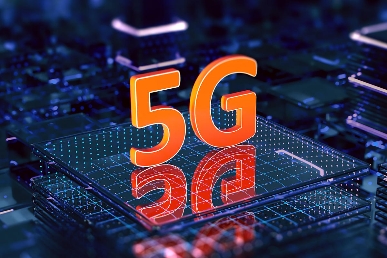
The deployment of 5G technology has raised several regulatory and standardization issues that need to be addressed to ensure a seamless and efficient rollout of the technology. Some of the key issues are:
**Regulatory Issues:**1. **Spectrum Allocation**: One of the major regulatory issues is the allocation of spectrum for 5G networks. Different countries have different spectrum allocation plans, which can create difficulties for global equipment manufacturers and operators.
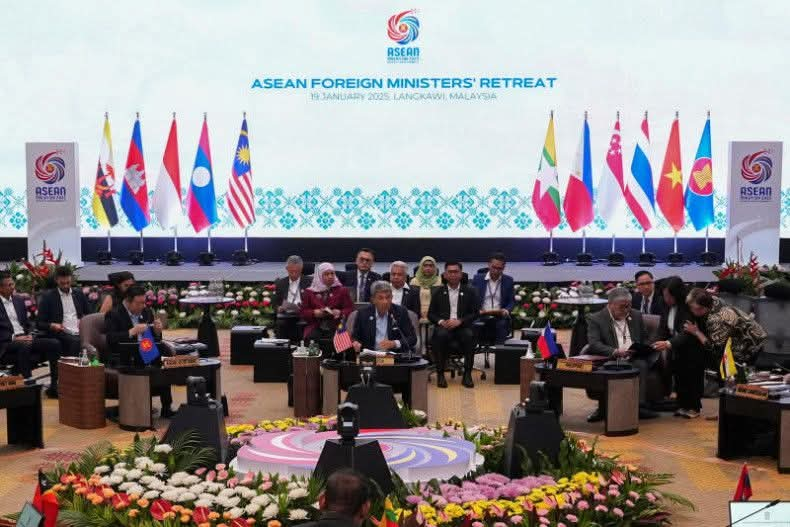

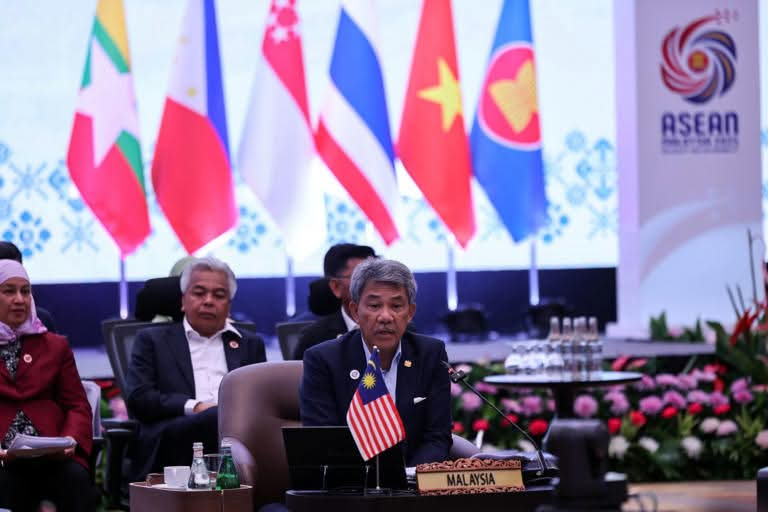
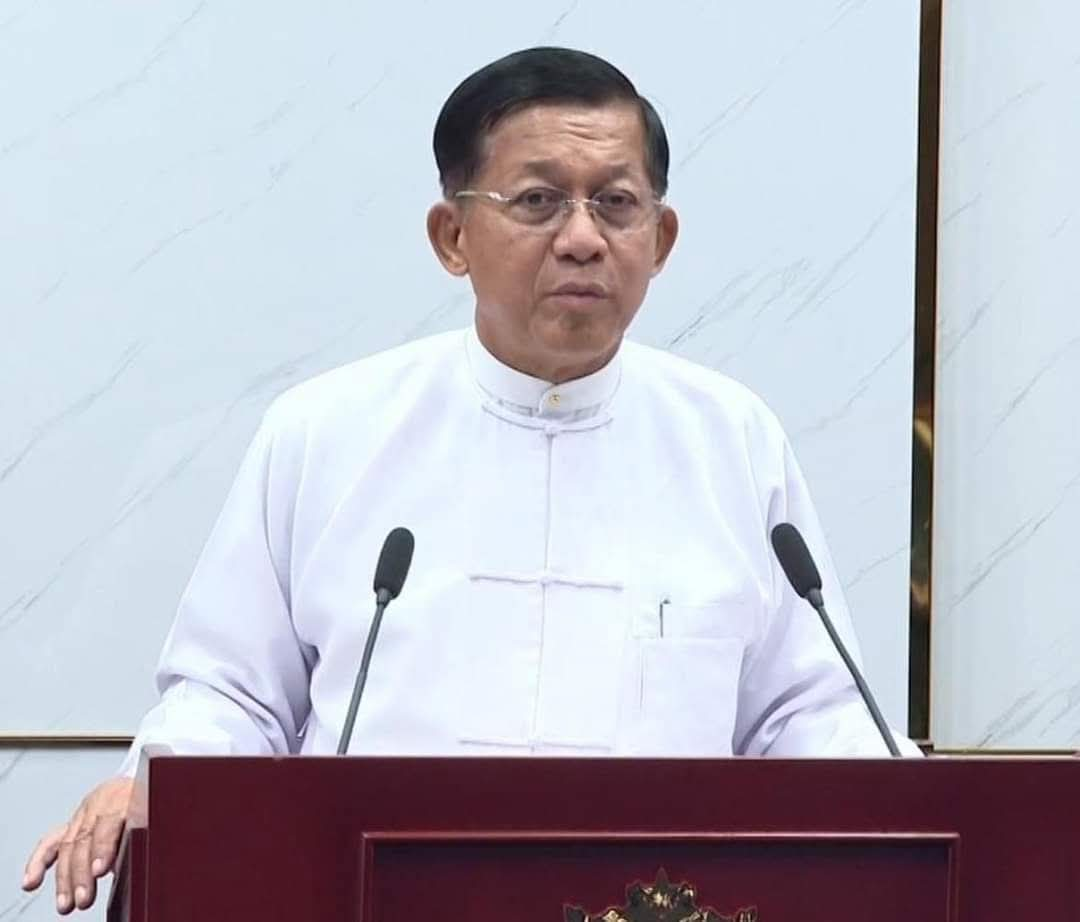
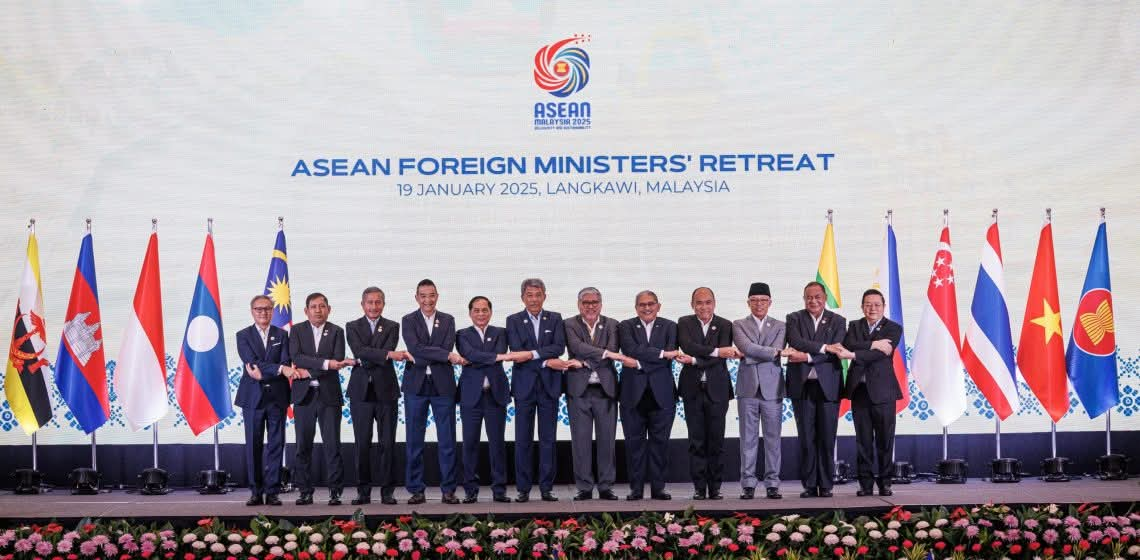

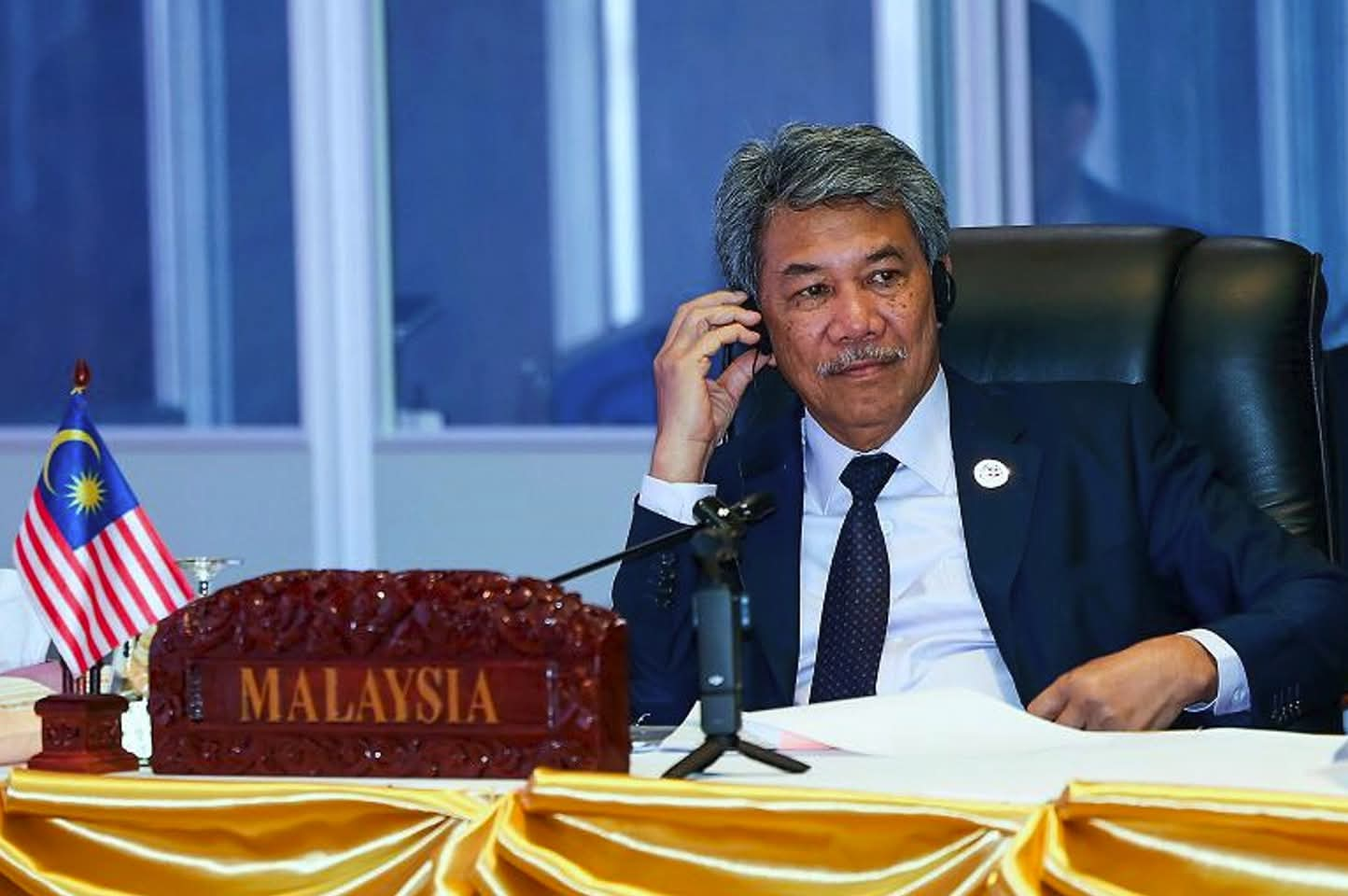
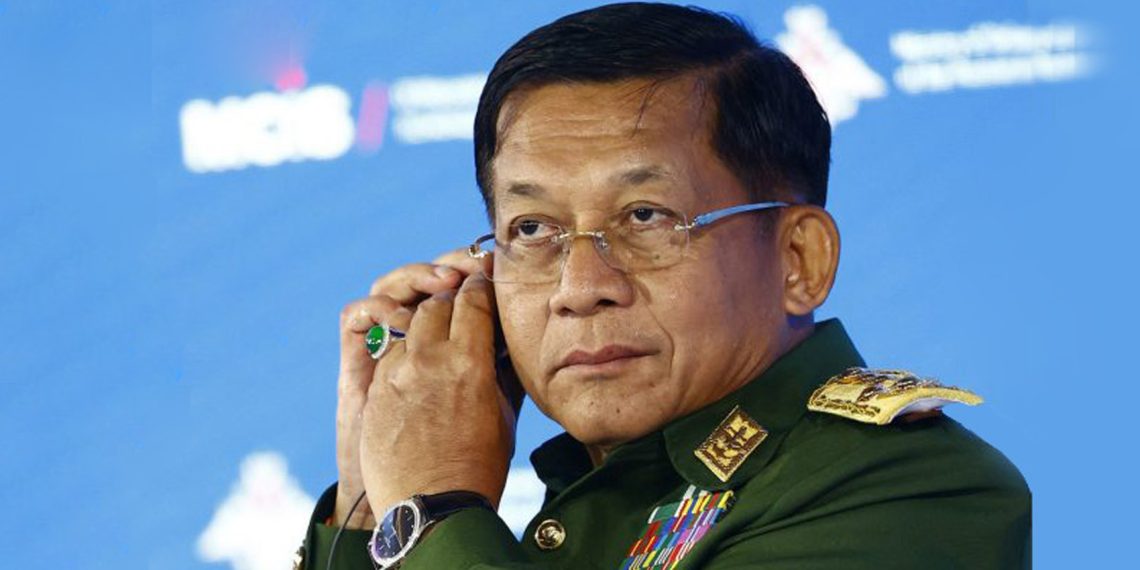
2. **Interference Management**: 5G networks will operate on a wide range of frequencies, which can lead to interference with other wireless systems, such as satellite communications and radar systems.
3. **Cybersecurity**: 5G networks will require new security measures to protect against cyber threats, which will require regulatory frameworks to ensure the security of the network.
4. **Data Protection**: 5G networks will generate a large amount of data, which will require regulatory frameworks to ensure the protection of user data.
5. **Net Neutrality**: The rollout of 5G networks has also raised concerns about net neutrality, as some operators may prioritize certain types of traffic over others.
**Standardization Issues:**
1. **Global Standards**: The development of global standards for 5G technology is essential to ensure interoperability and seamless roaming across different networks.
2. **Frequency Bands**: The standardization of frequency bands for 5G networks is critical to ensure that devices and equipment can operate across different regions.
3. **Network Architecture**: The standardization of network architecture is necessary to ensure that 5G networks can interoperate with existing networks and devices.
4. **Device Certification**: The certification of devices for 5G networks is essential to ensure that they meet the required standards for performance, security, and interoperability.
5. **Testing and Validation**: The testing and validation of 5G networks and devices are critical to ensure that they meet the required standards for performance, security, and interoperability.
**International Cooperation:**
1. **International Telecommunication Union (ITU)**: The ITU is playing a key role in the development of global standards for 5G technology.
2. **3rd Generation Partnership Project (3GPP)**: The 3GPP is a collaboration between several telecommunications standards organizations that is developing the technical specifications for 5G networks.
3. **Global System for Mobile Communications Association (GSMA)**: The GSMA is an industry organization that is promoting the development of global standards for 5G technology.
**Country-Specific Regulations:**
1. **United States**: The Federal Communications Commission (FCC) is responsible for regulating the deployment of 5G networks in the United States.
2. **European Union**: The European Commission is responsible for regulating the deployment of 5G networks in the European Union.
3. **China**: The Ministry of Industry and Information Technology (MIIT) is responsible for regulating the deployment of 5G networks in China.
In conclusion, the deployment of 5G technology requires a coordinated effort from regulatory bodies, industry organizations, and governments to address the regulatory and standardization issues. International cooperation is essential to ensure that 5G networks can operate seamlessly across different regions and countries.


Leave a Reply